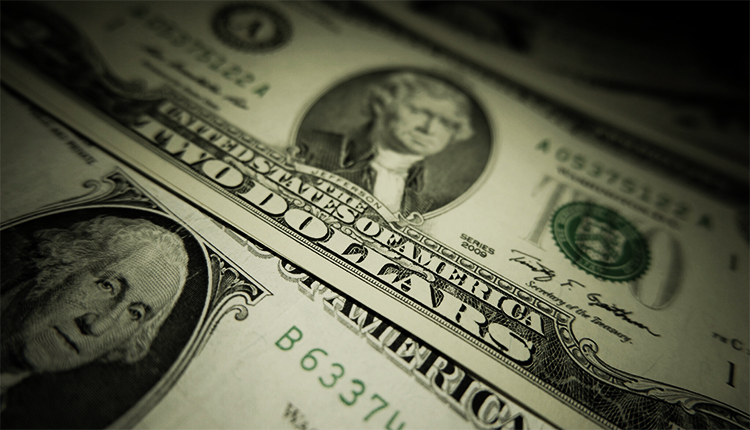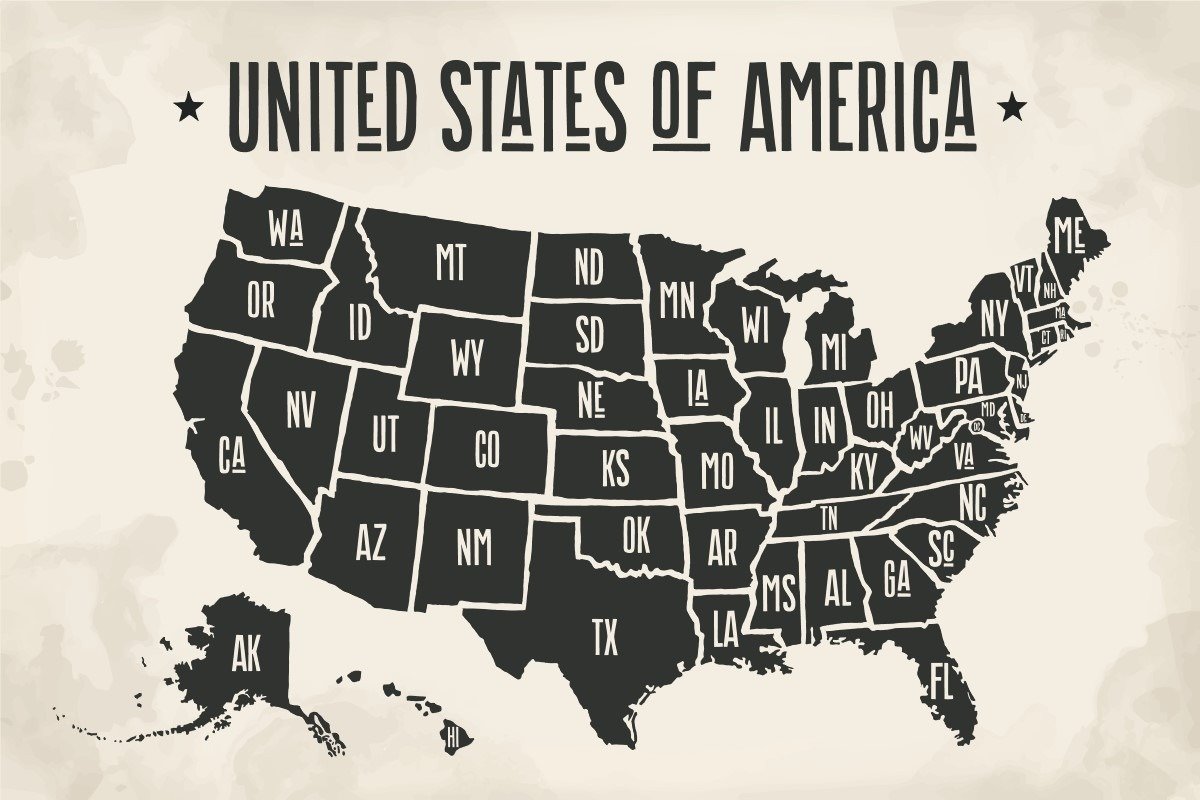Let’s check the situation of the international market. Dollar falls versus safe-haven yen but steadies against euro. As BoC leaves room for more cuts, the Canadian dollar is weaker. As BoE resists the pressure of easing policy, Sterling rises.
There were cut interest rates by 50 basis points this week in an emergency move to shield the economy from the coronavirus spread. After it, traders priced in more monetary policy easing by the Federal Reserve. Thus, on Thursday, the United States dollar struggled.
In its latest Beige Book report, analysts highlighted the fact that the Federal Reserve had mentioned the virus 48 times, compared with zero mention before. They are suggesting that policymakers are highly concerned about the virus’s negative effect on the economy.
Olle Holmgren is chief strategist at SEB. He said that the reports in the Beige Book are likely to have been very important for the Federal Reserve’s inter-meeting rate cut.
Dollar and Others
From the current 1% to 1.25% percent range, money markets were pricing in another 25bps cut at the next federal reserve meeting on March 18-19 and a 50-bps cut by April.
On Tuesday, the dollar remained close to the two-month low of 1.1214; it fell to against the euro. It was last trading neutral at 1.1132 versus the common currency. Analysts said that euro had also benefited earlier from traders unwinding their carry trade positions.
Lee Hardman is a currency analyst at MUFG. He forecasted that sharper euro falls could emerge quickly. It will be in case coronavirus will spread further in the eurozone. He also added that further euro depreciation might follow despite its outperformance of late.
The weakness in the United States currency was more pronounced versus the safe-haven Japanese yen. Dollar/yen was last down at 107,28 by 0.3%, not far from the five-month low of 106.85 hits on Wednesday.
It is the leading news of the market.













